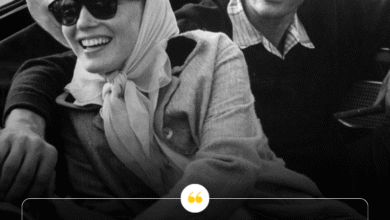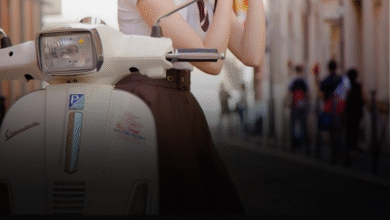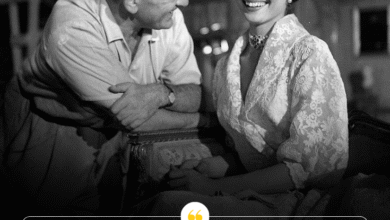The Unlikely Connection Between Ella Fitzgerald and Marilyn Monroe – How They Lifted Each Other Up
OPINION: This article may contain commentary which reflects the author's opinion.
In the glamorous yet often isolating world of mid-century Hollywood, few friendships were as powerful—and as unexpected—as that between Ella Fitzgerald and Marilyn Monroe. Two cultural titans from seemingly different worlds, they found common ground not just through admiration for each other’s talents, but through shared experiences of hardship, ambition, and resilience.
While their names are instantly recognizable even today, it’s a little-known fact that Fitzgerald and Monroe were close friends who consistently supported one another until Monroe’s tragic death at the age of 36. Their bond was one built not on fleeting fame, but on genuine understanding and mutual respect.
Monroe never hesitated when asked about her favorite singer: “Well, my very favourite person, and I love her as a person as well as a singer, I think she’s the greatest, and that’s Ella Fitzgerald.” The two had more in common than many realized. Both had endured difficult childhoods marked by instability and trauma. Both experienced turbulent first marriages that ended in heartbreak. These early hardships likely deepened their emotional connection, creating a bond that transcended the glamour and chaos of their public lives.
Their fateful meeting came in November 1954, when Monroe attended one of Fitzgerald’s performances in Los Angeles after spending countless hours listening to her records. At the time, Fitzgerald dreamed of playing larger, more prestigious venues—dreams that seemed frustratingly out of reach. She once confessed, “I know I make a lot of money at the jazz clubs I play, but I sure wish I could play at one of those fancy places.”
Enter Marilyn Monroe. When Monroe learned that Fitzgerald had been denied a booking at the famed Mocambo nightclub—ostensibly because the owner believed she lacked the “glamour” to attract a crowd—she saw an opportunity to help. Though Fitzgerald would not have been the first Black performer at the Mocambo, racial barriers remained stubbornly entrenched, and Monroe’s star power could open doors others could not.
Monroe struck a deal: if the owner booked Fitzgerald, she would sit front and center every night, bringing a parade of Hollywood celebrities along with her. The plan worked perfectly. Fitzgerald not only headlined at the Mocambo, but she also sold out the club nightly and even had her engagement extended by an additional week. It was a pivotal moment that significantly elevated Fitzgerald’s career, proving once again that true support among women can change destinies.
Their friendship, however, wasn’t without its complexities. Monroe’s struggles with addiction sometimes strained their relationship. Fitzgerald, who preferred a quieter life away from the chaos of substance abuse, occasionally distanced herself when Monroe’s troubles grew too heavy. Still, the affection and loyalty between them endured.
Their bond remains a powerful example of women supporting women—not just in words, but in action. In an era when both faced significant personal and professional obstacles, their friendship stood as a testament to the strength found in solidarity. In lifting each other up, Marilyn Monroe and Ella Fitzgerald left behind more than iconic performances—they left a legacy of kindness, resilience, and the transformative power of genuine friendship.



